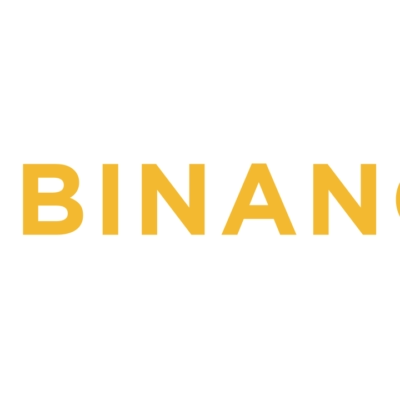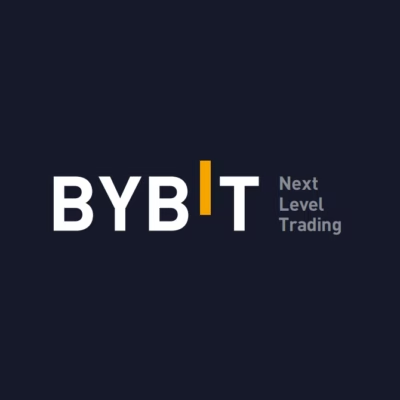Stablecoin Giant Aims to Break Mining Pool Centralization
Tether, the $144 billion stablecoin issuer behind USDT, announced on April 15 that it will direct its current and future Bitcoin hashrate to the OCEAN mining pool in a move designed to promote greater decentralization in Bitcoin block building.
“Deploying hashrate to OCEAN aligns with both our mining investments and our broader mission to fortify Bitcoin against centralizing forces,” said Tether CEO Paolo Ardoino.
“Deploying hashrate to OCEAN aligns with both our mining investments and our broader mission to fortify Bitcoin against centralizing forces.” @paoloardoino https://t.co/HeyB1ETecz pic.twitter.com/dDVJ93ccYg
— OCEAN (@ocean_mining) April 14, 2025
While Bitcoin’s hashrate remains broadly decentralized across the globe, the process of block template creation—essentially deciding what goes into each block—is heavily centralized within a handful of dominant mining pools, including Foundry USA, AntPool, and ViaBTC.
OCEAN’s DATUM Protocol Offers Miner Autonomy
OCEAN, a mining protocol launched by Bitcoin Core developer Luke Dashjr and backed by Jack Dorsey, aims to change that. Through its open-source DATUM protocol, OCEAN empowers individual miners to generate their own block templates, rather than relying on a centralized pool operator.
“DATUM ensures global competitiveness while promoting geographic and operational diversity,” Tether explained.
As part of the partnership, Tether will integrate OCEAN’s DATUM protocol across its mining operations worldwide—including sites in Uruguay, Paraguay, and El Salvador, where Tether is also headquartered.
The initiative expands on Tether’s previously announced plan to invest $500 million into Bitcoin mining infrastructure, launched in late 2023.
OCEAN’s Market Share Still Small but Growing
Despite its mission, OCEAN remains a small player in the mining ecosystem, currently producing just 0.2% to 1% of Bitcoin blocks, according to mempool.space. In the last week, it mined only nine blocks, while Foundry USA produced 331, AntPool generated 199, and ViaBTC added 161—combined, these three pools control over 66% of the network.
OCEAN’s 24-hour hashrate has averaged 18.3 EH/s, compared to Foundry USA’s 298 EH/s, powered by major mining firms such as Hut 8, Bitdeer, and Bitfarms.
Still, with Tether’s backing, OCEAN may gain the momentum it needs to scale up its network and challenge the mining pool status quo.
Final Thoughts: Block Decentralization Gets a Boost
The Tether-OCEAN partnership represents a strategic push toward re-decentralizing one of Bitcoin’s most overlooked vulnerabilities: block construction. While the network’s hashrate is geographically distributed, the power to decide what transactions are included in each block has quietly consolidated among a few players.
By supporting an open-source, miner-led protocol like DATUM, Tether is adding momentum to the idea that decentralization isn’t just about mining equipment—but about who builds the blocks.
If successful, this move could not only enhance censorship resistance but also introduce greater competition into a space long dominated by incumbents—potentially reshaping how Bitcoin’s infrastructure evolves in the years ahead.












